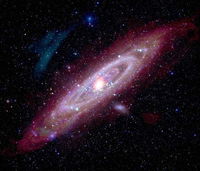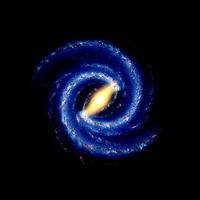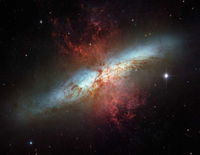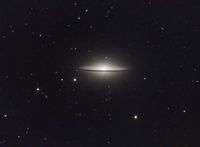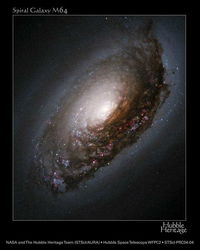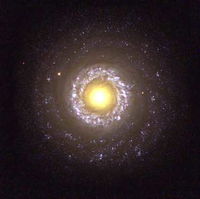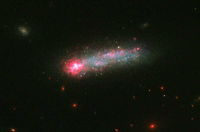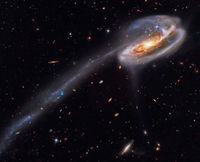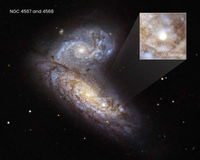
Galaxies Far Far Away Trivia Quiz
There are hundreds of billions of galaxies in our universe. They vary in shapes, size, and distance from Earth. Match the name of the galaxy to its photo and learn a bit more about just a fraction of these fascinating systems.
This is a renovated/adopted version of an old quiz by author stevethehunter
by stephgm67.
Estimated time: 3 mins.
